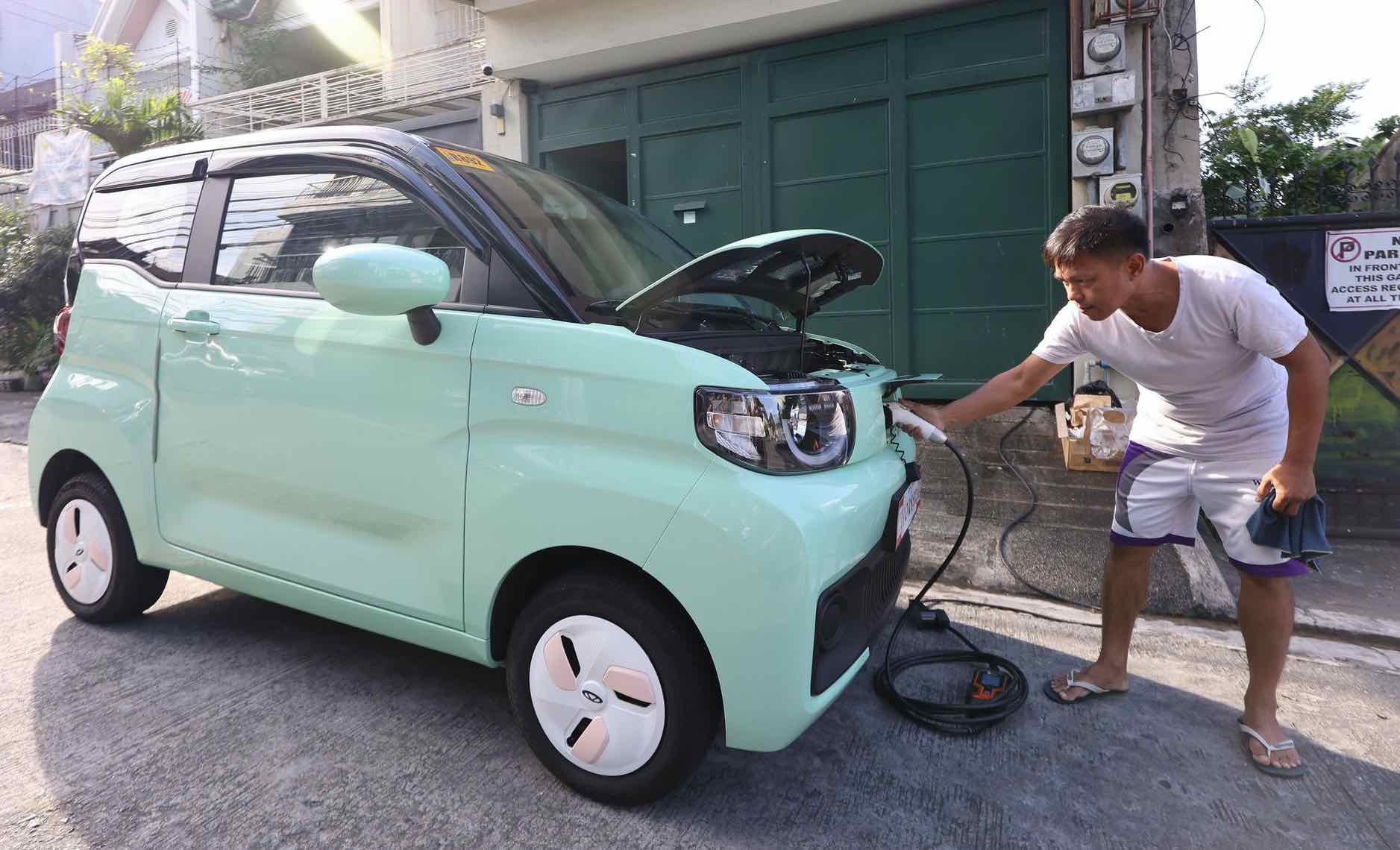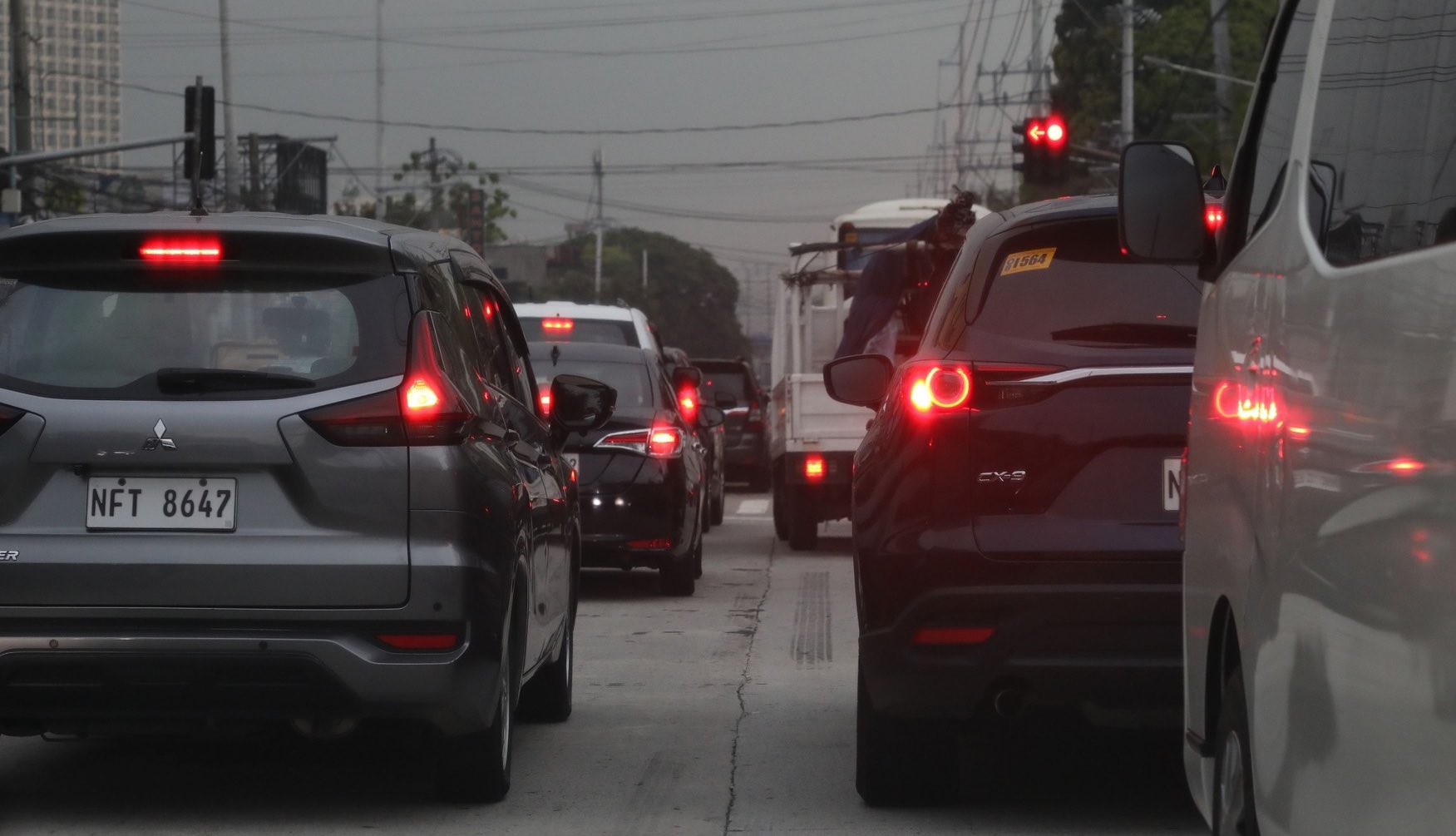Reducing already limited options
The better part of my last thirteen years has been spent along Katipunan Avenue. I hopped over the cracks of this terrifyingly long street before UP Town Center, Torre Lorenzo, and Regis Center stood where they do now.
Even before I applied to the two universities flanking the avenue, I had already accumulated hours flitting from café to café along “Katip.” When Bo’s Coffee still stood beside National Bookstore, I spent hours working on term papers on the second floor.

When I look back at the street on which a significant fraction of my memories have been formed, I see the staple colors of moss, ivory, and rust. My Katip adventures were possible only through the green or white tricycles and red-roofed jeepneys that hauled me from one end of Katipunan to the other, especially when I was too tired to walk a kilometer.
Right beside the memories of those vehicles is the scent of smoke. For every tricycle I rode, I was always surrounded by at least five cars. Throughout time, Katipunan has been the playground of thousands of vehicles of all kinds trying to survive the dreaded rush hour. So it’s no great surprise that Katipunan falls on the list of thoroughfares subject to heavy government regulation.
MMDA 24-022
In February this year, the Metro Manila Development Authority (MMDA) promulgated MMDA Regulation No. 24-022, Series of 2024. The regulation prohibited e-vehicles such as e-bikes and e-trikes, plus the more traditional tricycles, pedicabs, pushcarts, and kuligligs on Metro Manila’s national, circumferential, and radial roads. Among the roads affected were the university-studded Recto, Taft, and Katipunan Avenues. The regulation imposed a P2,500 penalty for violations.
Although the ban was due to come into effect on April 15, President Ferdinand "Bongbong" Marcos instituted a grace period, announcing on April 18 that he had instructed both the MMDA and LGUs to refrain from ticketing, fining, and impounding the affected vehicles.
Clamor from public interest groups
Alongside the commuting public, transport and mobility groups have denounced MMDA Regulation No. 24-022. The MoveAsOne Coalition denounced the exclusion of e-vehicle users from the meeting conducted by MMDA in formulating the Regulation. The Philippine STAR reported that MMDA Acting Chair Atty. Artes met with the DOTr, LTO, LTFRB plus traffic department heads from 17 Metro Manila LGUs to discuss measures to regulate e-vehicles. In a press statement, MoveAsOne decried the absence of e-vehicle users from said meeting: “They are taxpayers too and deserve to have a say in measures that would affect their fundamental right to mobility and safety. They should be consulted.”
AltMobility Philippines agreed with MoveAsOne. According to director Ira Cruz, the MMDA “did not give us enough time as there are many things that needed to be discussed before an IRR should be finalized.”
Meanwhile, The Climate Reality Project Philippines emphasized the apparent dissonance between the Regulation and existing policies, declaring that the Regulation “provides a rather confusing signal whether national policies are at sync with local policies.”

Two years ago, the Electric Vehicle Industry Development Act was enacted. Among its goals was to “provide an enabling environment for the development of electric vehicles including options for micro mobility as an attractive and feasible mode of transportation to reduce dependence on fossil fuels” (Section 2, R.A. No. 11697).
Now, the MMDA wants to ban those very same modes of transportation from our country’s most traversed passageways. Are the Filipino people being encouraged to shift to modes of transportation that run on electrical energy? Sort of. Maybe. Such is the most generous possible interpretation of these conflicting rules.
The daily battle of Katipunan

Katipunan Avenue is one site where the impact of the ban is most palpable. Home to Miriam College, Ateneo de Manila University, and the University of the Philippines Diliman, Katipunan sees unimaginable congestion daily.
In 2023, the MMDA Traffic Engineering Center recorded a daily average of 2,757 vehicles headed north to Commonwealth and 6,636 vehicles headed south to Aurora Boulevard between 7 a.m. to 8 a.m. The sundown rush hour is also atrocious. The Center recorded 4,854 vehicles traveling northbound while 5,697 were traveling southbound between 5 p.m. to 6 p.m.

UP Diliman’s Philippine Collegian reported last year that private vehicles are the main culprit in such congestion. The Collegian quoted Jose Regin Regidor, director of the UP Institute of Civil Engineering, who shared that the increase in admissions to UPD, Ateneo, and Miriam “contributes to the increase in the number of trips generated by these schools.”
The practical implication of these figures is measurable in time, particularly the time that students have to carve out for travel to their respective classes. Last September, Ateneo’s Guidon reported that: “...students often leave home much earlier than usual, often two hours ahead, for what should be a mere 20-minute commute.”

Reducing already limited options
The figure is far from an exaggeration. I can attest to this after testing it out for over a year. To attend face-to-face classes, I come to campus at 7 a.m. Google Maps estimates that a drive from my place to the university should be 7 minutes.
To get to campus at 7 a.m., I hail a tricycle before 6:40. It’s enough on most days, unless there’s a road blockage, in which case I have to accept a 10 minute delay, minimum. Every school morning, I spend 20-30 minutes crossing 2 kilometers.

Since the resumption of in-person classes, I’ve been considering my options.
Option 1: Dip into the family savings to buy a used car. Plus gas. Plus rent for a parking slot. Oh, plus maintenance costs.
Option 2: Buy a motorcycle. Plus basically all the same expenses, if reduced by a margin.
Option 3: Learn to ride a bike or a scooter. Sounds manageable, except with a kilo of books plus a laptop on my shoulders, I’ll look drowned before the first period.
Option 4: Keep my usual trike ride in the morning, and hope the Regulation’s ban never comes to fruition.
MMDA Regulation 24-022 serves to reduce already limited options for the vast population of Katipunan Avenue. Most of us are students just trying to get to and from class safely and with enough energy for homework after a long day of lectures. The least our policymakers can do is continue to make available those options that prior legislation has already promoted to the commuting public. The least MMDA can do is keep existing options open.


